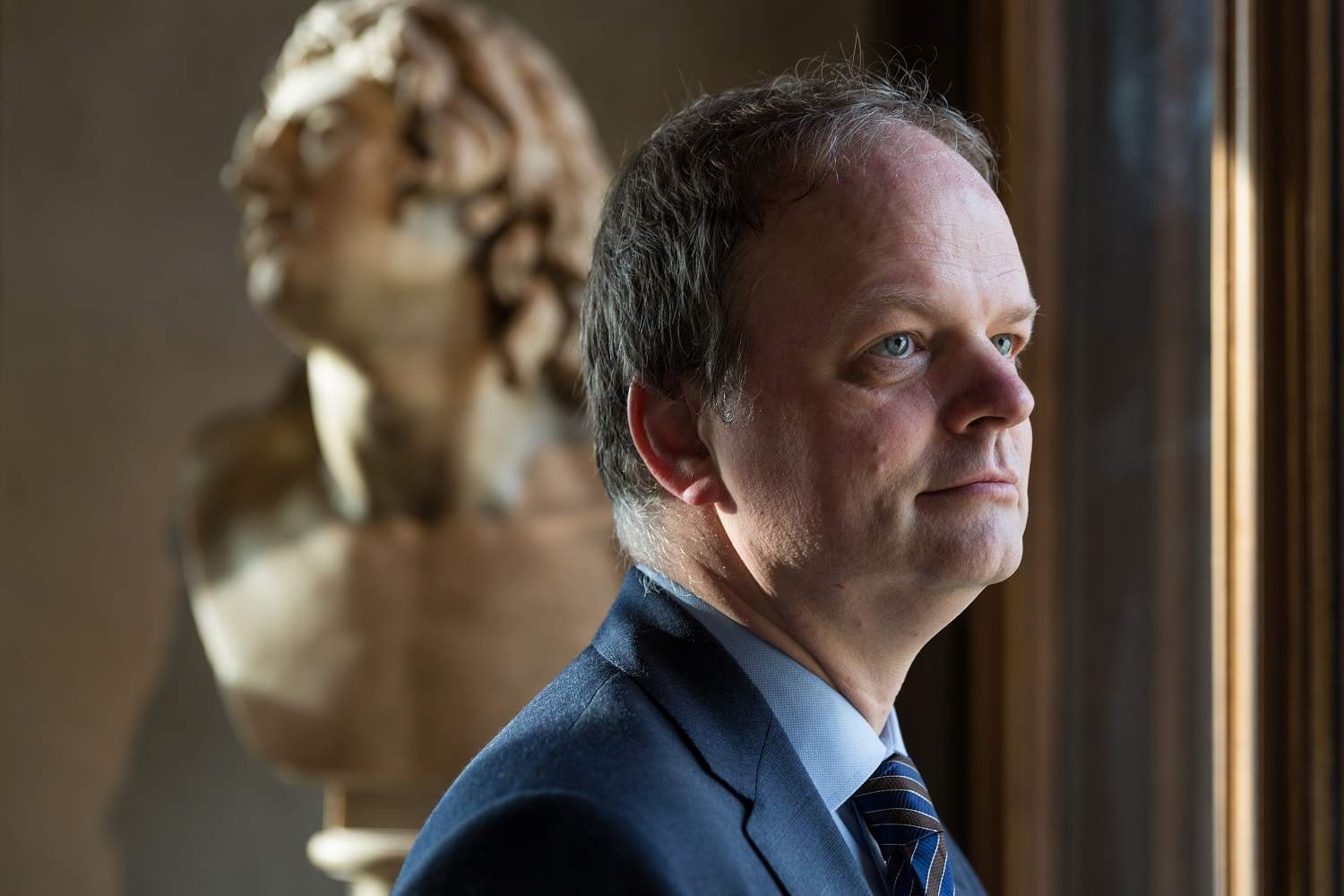Uffizi, director Schmidt raises alarm: more staff or we close
The Uffizi Galleries are among the not many museums to have returned to pre-pandemic visitor levels: the month of July sealed 427,856 visitors in the three museums that make up the institution (Gallery of Statues and Paintings - Uffizi Palace, Pitti Palace and Boboli Gardens), setting a record in the history of the Florence museum, since never in July had so many accesses been recorded. And at Ferragosto there was another boom, with nearly 43,000 visitors over the holiday weekend, taking into account that only the Boboli Gardens were open on Monday, August 15. It’s been a busy two years for the Florentine institute, which has worked hard during the two years of Covid-19 to present itself ready for the return of the public (and it has), but not everything is going right. There is, in fact, a huge staffing problem.
Staffing levels, explained to ANSA the director of the Uffizi, Eike D. Schmidt, is “everywhere reduced to the bone”: in fact, the problem is widespread and has already led to spotty closures throughout Italy, and many are the museums that are unable to open continuously, or have to be content to receive the public only for half a day. Fortunately, a number of museums, including the Uffizi, still manage to guarantee all-day opening, but the situation could deteriorate soon: that of staffing, Schmidt explained, is a crucial node that must be addressed immediately, he assures, “otherwise we close.” A problem that, moreover, is impossible to postpone.
The Uffizi is one of the autonomous museums of the first hour, those established since 2015 with the Franceschini reform: however, it is a partial autonomy, because, as, moreover, Finestre Sull’Arte has already had the opportunity to point out several times, including with interviews with the various directors who pointed out the same problem (among others, Peter Aufreiter who identified it as one of the main knots left unresolved by the reform), the museums cannot choose their staff, on which the central administration has exclusive competence. Autonomous museum directors therefore have no power to intervene in this chapter, and according to Schmidt this problem remains the Achilles’ heel of the Franceschini reform, which the German art historian otherwise promotes with flying colors.
“That of human resources,” Schmidt reiterates, “is the biggest challenge that will face whoever with the new government has to deal with culture policy. At a time when museum offerings are growing and visitors are increasing again, the number of staff in museums continues to contract.” The director of the Uffizi reveals that he has just received a circular from the Ministry of Culture reducing the staffing of the Galleries by an additional 9 percent. One of the issues related to staffing problems is the aging workforce: at the Uffizi Galleries alone, 166 staff members retired from 2013 to 2022, compared to 34 total new entrants (a number that takes into account the 15 competition-winning vigilantes who will arrive in Florence in September). The negative balance is thus 132, of which 67 are in the vigilance sector. A dramatic shortage and, according to Schmidt, “certainly shared by many other museums, archives, libraries,” which leads the director to the conviction that “with the current model there is no possibility of effective and efficient personnel management.”
However, there are also some positive data that emerged from Schmidt’s statements to ANSA. The services, for example, for which the Uffizi has a number of new things in store, starting with the big 50 million euro work plan at the Boboli Gardens that will lead to the opening of the new Kaffeehaus, an ice cream parlor, a third food court, the renovation of the Amphitheater, the restoration of statues, and the opening of new spaces for exhibitions and events. A restaurant, two more cafes and a patisserie will also come to the Uffizi Palace. Then there are the exhibition projects, from new rooms with artists’ self-portraits to the exhibition dedicated to Eleonora da Toledo that will open in 2023, as well as another in January on Rudolf Levy and an exhibition on finance in ancient Rome. Then the Uffizi diffuse project will continue: in particular, work on the restoration and fitting out of the Villa Ambrogiana in Montelupo will start soon. A broad offer: “This is because all the partial autonomies that have been given to museums and archaeological sites have borne great fruit,” Schmidt concludes. “But the fact that there is no co-management of human resources remains a vulnus of the reform. This is something that those who will govern us after September 25 will have to think about. There is a choice between different solutions. The only thing that cannot be done is to stand still.”
 |
| Uffizi, director Schmidt raises alarm: more staff or we close |
Warning: the translation into English of the original Italian article was created using automatic tools. We undertake to review all articles, but we do not guarantee the total absence of inaccuracies in the translation due to the program. You can find the original by clicking on the ITA button. If you find any mistake,please contact us.




























